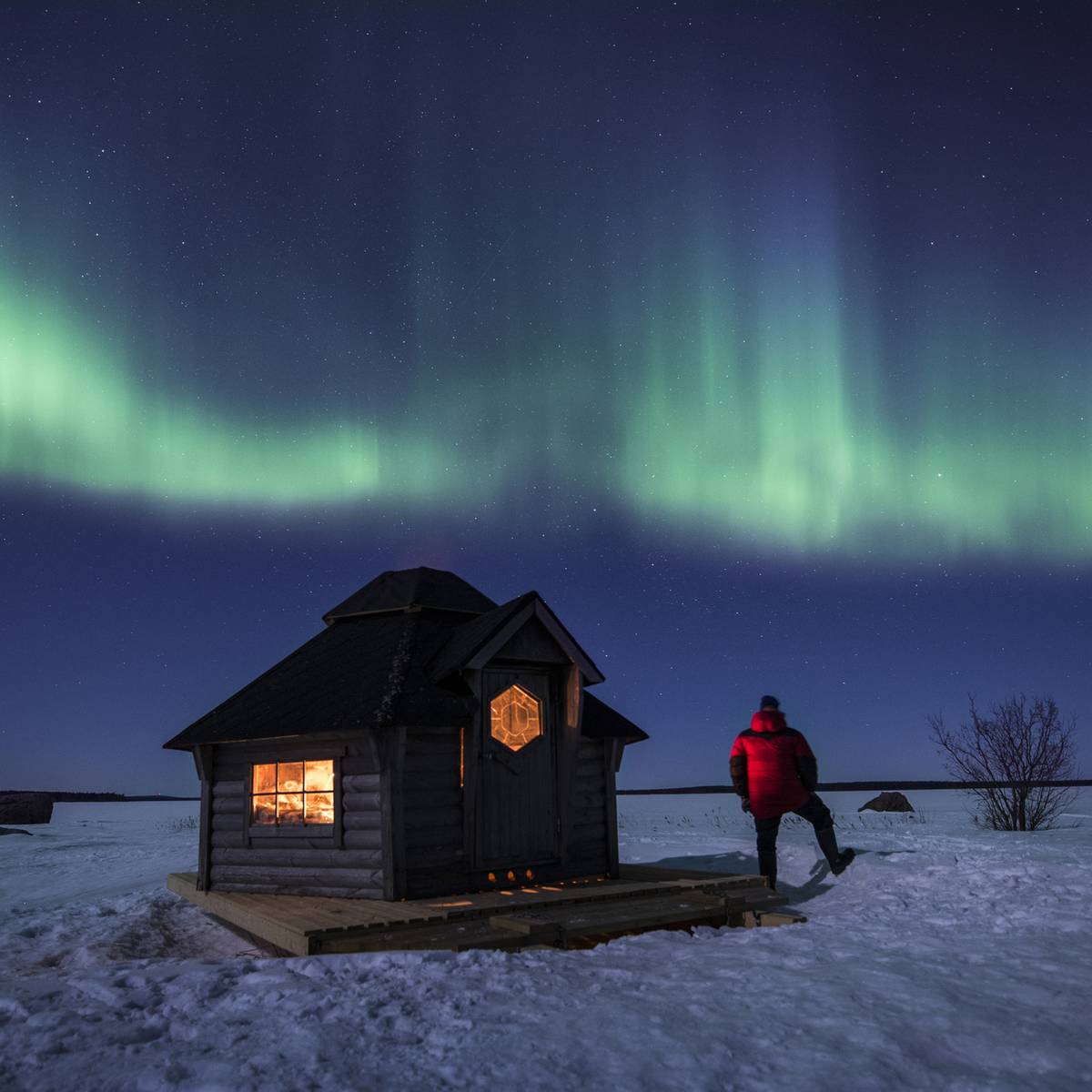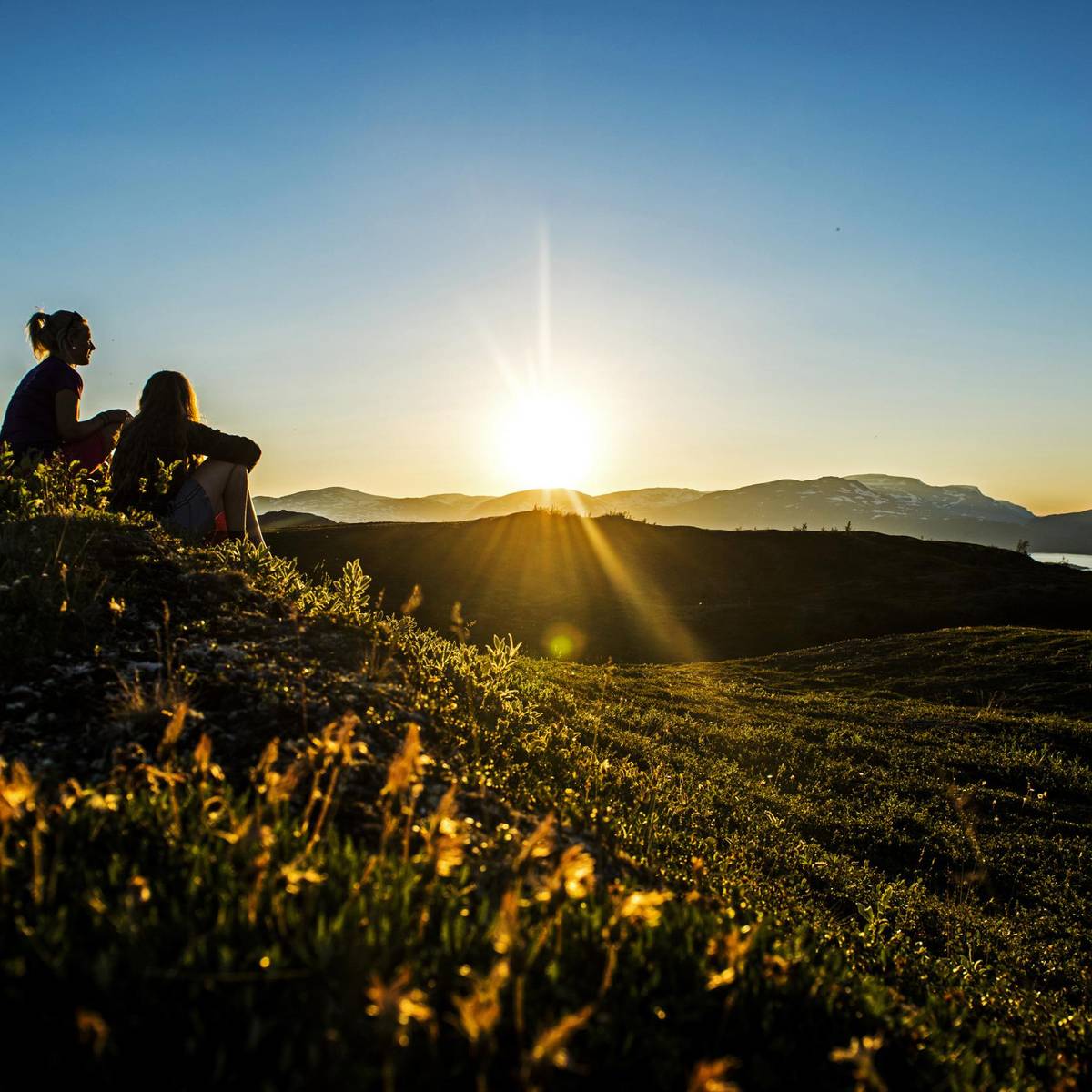In a world where cities and countries are constantly competing in launching new, spectacular buildings and attractions that will overshine the latest ones, it can be quite liberating to take a step back and look past the building cranes and the noise of concrete drilling. Find a place that was created without a single human hand. A place that, even if it’s been unchanged for thousands –sometimes even hundreds of millions of years – is still as majestic today. Man-made sites are imposing in all their glory, but sometimes nature can be even more impressive.
Some natural wonders are so incredible that it can be hard to believe that no one else than Mother Nature herself is behind them. In ancient times they were often explained with supernatural forces. Sweden has a strong tradition of folkloric tales where mythological creatures played a central role in shaping nature. Oddly placed huge rocks were said to have been thrown by raging trolls and the sweeping mist that hovers over meadows at dusk and dawn was thought to be dancing elves.
Another example is the Northern Lights, also called Aurora Borealis. The Vikings believed this spellbinding natural phenomenon to be the Valkyries taking fallen soldiers to meet Odin, while the Sámi – the indigenous people of Sweden – thought the lights were the souls of the dead. If you disrespected the souls by dancing or singing, the light would dip down and carry you off to the afterlife. Even though we know today that the Aurora Borealis appears as solar particles collide with gases in the earth’s atmosphere, it’s still an eerie and entrancingly beautiful experience.
While Sweden doesn’t have any Mount Everest nor Niagara Falls, our natural wonders are unique and accessible, often easy for anyone to experience them. Imagine skiing under the Midnight Sun in the middle of the summer or taking the family on a waterfall safari while the autumn leaves paint the landscape red and yellow. Sweden is scattered with ancient natural wonders waiting to become long-lasting memories of yours.
Here are 12 natural wonders in Sweden to visit in your lifetime.















